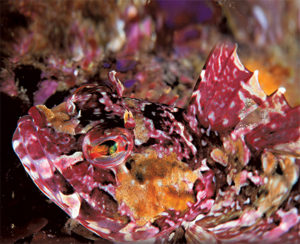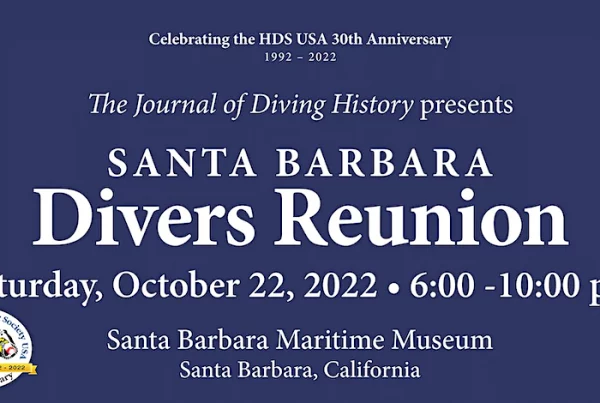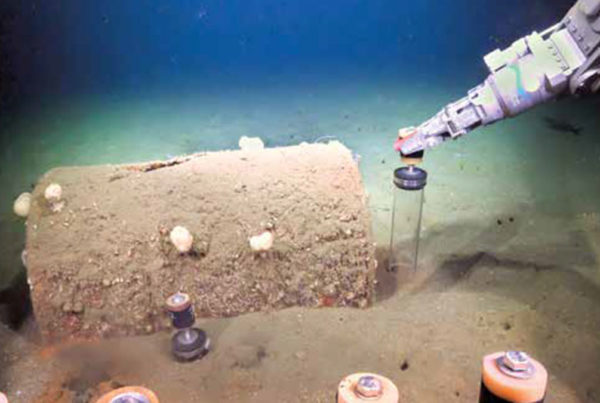 AT-A-GLANCE
AT-A-GLANCE
Skill level: Beginner or better
Location: Along the 17-mile drive in Pebble Beach.
Access: By boat from Monterey or via the beach near the Pebble Beach Clubhouse.
Facilities: Public parking toilets, boat and kayak launching at the clubhouse.
Entry and Exit: Best to dive from a boat or kayak.
Depth range: 10 to 50 feet
Conditions: Predictably very calm
Visibility: 10 to 30 feet
Photography: Good macro photography for nudibranchs and other small invertebrates. Also good for fish portraits.
Hunting: Stillwater Cove is within the Carmel Bay State Marine Conservation Area where only finfish may be taken.
Cautions: Watch for thick kelp and boat traffic.
One of Monterey’s charter boat captains kept a record of his customers’ favorite dive sites. Each year the site that received the greatest number of votes was, not surprisingly, Stillwater Cove. This is one of the most protected sites in the Monterey/Carmel area and has a lot of marine life to please the most discriminating diver.
Stillwater Cove lies on the north side of Carmel Bay, and the cove is in the lee of Pescadero Point. When the prevailing northwesterly winds blow this is one of the calmest spots around, and the predictably placid waters rightfully give this site its name. Much of the cove bottom is sand, sprinkled with a rocky patch reef. In the center of the cove are the massive Pescadero Rocks. The best diving is on the south side of the rocks and on the massive wall just south of the rocks.
About 100 feet from Pescadero rocks the bottom drops from 30 to 50 feet in a massive wall that runs nearly 100 yards; many call this Dali’s Wall. Much of the wall looks like it was once vertical and flat, and then someone with a massive ice cream scoop carved out short caves, undercuts, and shallow depressions. It’s more like diving underneath a wall than alongside one. The rock surfaces are adorned with encrusting sponges in hues of cobalt red and yellow. On the west side of the wall is a float that marks the location of an underwater statue.
The nooks and crannies of the wall harbor an assortment of photogenic invertebrates and fishes. It is a good idea to carry a flashlight so you can see what is hiding deep in the cracks. Look for small sculpins, gobies and rockfish underneath the ledges. This cove is heavily fished, so you won’t see many large game fish; but it is a great place to find and photograph juvenile rockfish, cabezon and lingcod. A large wolf eel is often found in one of the larger cracks. Just look for a pile of empty shells, and follow the trail up to find the wolf eel’s den.
Blue-ring top snails and orange cup corals are easy to find due to their bright colors. However, you should take your time swimming along the wall as some of the more beautiful critters are well camouflaged and would prefer not to be seen. Look for decorator crabs, as well as mollusks whose shells are covered with bryozoans or anemones. Chestnut cowries are commonly found here, and have beautiful mantles.
The shallow area around Pescadero Rocks is covered with intensely colorful marine life – carpets of red, strawberry anemones, giant green and blood red fish-eating anemones, as well as yellow and cobalt sponges. Here live an abundance of hermit and decorator crabs and shrimp.
This area is also a great place to observe and photograph nudibranchs. The simple dorids such as the lemon and Monterey nudibranch are here in abundance. Photos of orange and white clown nudibranchs, gaudy red and white Hilton’s and ostentatious Dendronotids will wow your friends. These creatures are intrinsically photogenic, but it is a real treat to find them in colorful backgrounds, or doing nudibranch things — like feeding or mating. There are also “near nudibranchs,” like the berthella. These do not have exposed gills and are therefore not nudibranchs.
Many dive Stillwater Cove from one of Monterey’s charter boats, and small inflatable boats and dive kayaks may be launched from the pier or beach. Diving from the beach is limited to 10 divers per day, and there is public parking along the hedges by 17th fairway. There are six parking spots for beach access that may be reserved up to 14 days in advance. There is a loading/unloading area, but incoming traffic may be limited 11 a.m. and 2 a.m. at the discretion of the harbormaster. A pier and boat hoist is available for recreational craft, from May 1 through September 30, with a limit of 10 boats per day. Diving, sunbathing, and picnicking are permitted during daylight hours only, and only on the beach east of the pier. Call (831) 625-8507 and ask for the Harbor Master for reservations and additional information. You will need to pay for access to the 17-Mile Drive.









